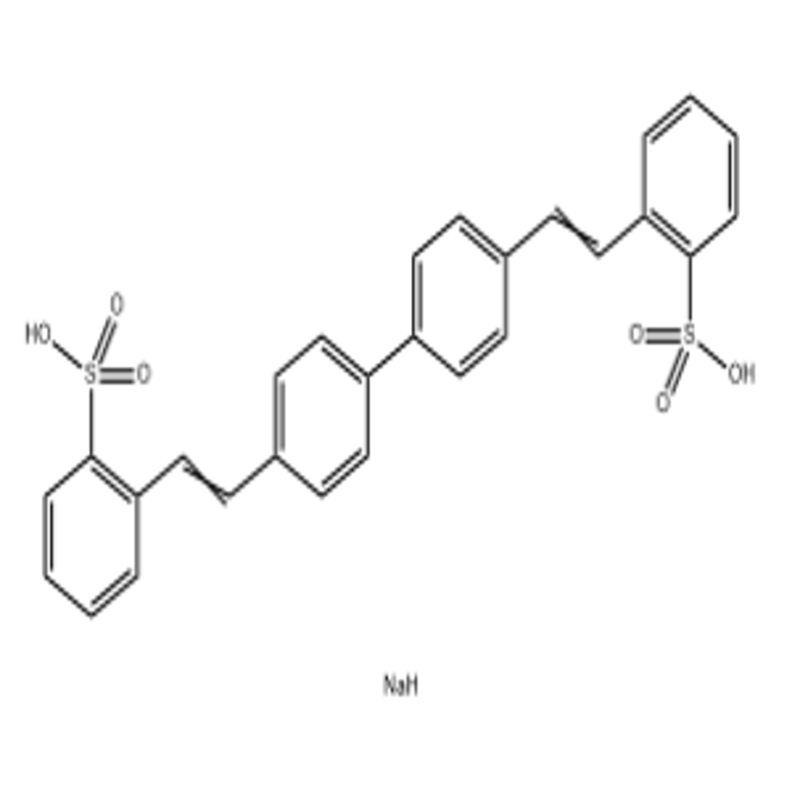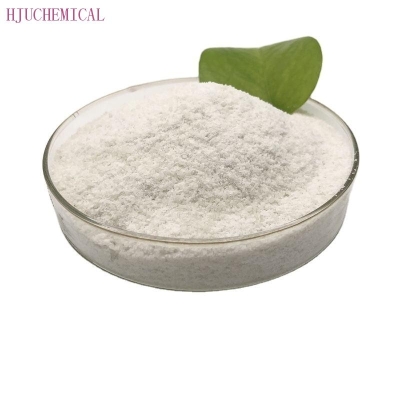-
Categories
-
Pharmaceutical Intermediates
-
Active Pharmaceutical Ingredients
-
Food Additives
- Industrial Coatings
- Agrochemicals
- Dyes and Pigments
- Surfactant
- Flavors and Fragrances
- Chemical Reagents
- Catalyst and Auxiliary
- Natural Products
- Inorganic Chemistry
-
Organic Chemistry
-
Biochemical Engineering
- Analytical Chemistry
- Cosmetic Ingredient
-
Pharmaceutical Intermediates
Promotion
ECHEMI Mall
Wholesale
Weekly Price
Exhibition
News
-
Trade Service
Recently, Wu Zhongshuai, a researcher from the State Key Laboratory of Basic Catalysis, Dalian Institute of Chemical Physics, Chinese Academy of Sciences, and his team designed and prepared a niobium nitride-niobium oxide heterostructure nanosheet, which can be used as lithium at the same time.
The positive electrode and negative electrode carrier of the sulfur battery effectively inhibit the shuttle effect of polysulfide and the growth of metal lithium negative electrode dendrites.
The lithium-sulfur battery with this heterogeneous structure is used in lean electrolyte, low negative positive electrode capacity ratio, and high sulfur loading.
Under the conditions, it exhibits excellent electrochemical performance
.
Lithium-sulfur battery has a high theoretical energy density and is regarded as one of the more potential lithium-ion battery technologies in high specific energy batteries
.
However, the practical application of lithium-sulfur batteries is limited by the polysulfide shuttle of the sulfur positive electrode, slow oxidation-reduction reaction kinetics, and lithium dendrite growth in the negative electrode, resulting in poor rate and cycle performance of lithium-sulfur batteries
.
In addition, the low sulfur load of the positive electrode and the large amount of electrolyte in the lithium-sulfur battery, as well as the problem of excessive metal lithium in the negative electrode, will reduce the actual energy density of the lithium-sulfur battery
.
Therefore, a carrier material with high adsorption capacity for polysulfides, high catalytic activity and excellent lithium-philic performance was designed, which can realize the efficient and stable performance of lithium-sulfur batteries under high sulfur loading, lean electrolyte and low lithium anode consumption.
Circulation is an effective way to solve the application problems of lithium-sulfur batteries
.
Recently, the team prepared a niobium-based heterostructure nanosheet in response to the scientific and technical problems of lithium-sulfur batteries
.
The heterostructure simultaneously combines the strong adsorption capacity of niobium oxide on polysulfides and the high catalytic activity of niobium nitride on polysulfides, and has an excellent lithium-philic surface
.
The team applied it to the positive and negative electrodes of lithium-sulfur batteries at the same time, effectively improving the ability of adsorption and catalytic conversion of polysulfides, and inhibiting the growth of lithium dendrites
.
In addition, the lithium-sulfur battery obtained based on the matching of the positive and negative poles of the material has an area capacity under the conditions of a high sulfur load of 6.
9 mg/cm2, a low negative positive electrode capacity ratio of 2.
4:1, and an electrolyte volume sulfur mass ratio of 5.
1 μl/mg Up to 5.
0 mAh/cm2
.
This heterogeneous structure design strategy provides a new idea for the realization of high-performance lithium-sulfur battery electrode design for practical needs
.
Relevant research results are titled Interfacial Engineering of Bifunctional Niobium (V)-Based Heterostructure Nanosheet Toward High Efficiency Lean-Electrolyte Lithium-Sulfur Full Batteries and published in Advanced Functional Materials
.
Shi Haodong, a 2016 PhD student in the 2D Materials Chemistry and Energy Application Research Group of Dalian Institute of Chemical Technology, is the first author of the thesis
.
The research work was funded by the National Key R&D Program Project and the Cooperation Fund of the Institute of Clean Energy Innovation of the Chinese Academy of Sciences
.
Schematic diagram of niobium-based heterostructure nanosheets used in lean electrolyte lithium-sulfur batteries
The positive electrode and negative electrode carrier of the sulfur battery effectively inhibit the shuttle effect of polysulfide and the growth of metal lithium negative electrode dendrites.
The lithium-sulfur battery with this heterogeneous structure is used in lean electrolyte, low negative positive electrode capacity ratio, and high sulfur loading.
Under the conditions, it exhibits excellent electrochemical performance
.
Lithium-sulfur battery has a high theoretical energy density and is regarded as one of the more potential lithium-ion battery technologies in high specific energy batteries
.
However, the practical application of lithium-sulfur batteries is limited by the polysulfide shuttle of the sulfur positive electrode, slow oxidation-reduction reaction kinetics, and lithium dendrite growth in the negative electrode, resulting in poor rate and cycle performance of lithium-sulfur batteries
.
In addition, the low sulfur load of the positive electrode and the large amount of electrolyte in the lithium-sulfur battery, as well as the problem of excessive metal lithium in the negative electrode, will reduce the actual energy density of the lithium-sulfur battery
.
Therefore, a carrier material with high adsorption capacity for polysulfides, high catalytic activity and excellent lithium-philic performance was designed, which can realize the efficient and stable performance of lithium-sulfur batteries under high sulfur loading, lean electrolyte and low lithium anode consumption.
Circulation is an effective way to solve the application problems of lithium-sulfur batteries
.
Recently, the team prepared a niobium-based heterostructure nanosheet in response to the scientific and technical problems of lithium-sulfur batteries
.
The heterostructure simultaneously combines the strong adsorption capacity of niobium oxide on polysulfides and the high catalytic activity of niobium nitride on polysulfides, and has an excellent lithium-philic surface
.
The team applied it to the positive and negative electrodes of lithium-sulfur batteries at the same time, effectively improving the ability of adsorption and catalytic conversion of polysulfides, and inhibiting the growth of lithium dendrites
.
In addition, the lithium-sulfur battery obtained based on the matching of the positive and negative poles of the material has an area capacity under the conditions of a high sulfur load of 6.
9 mg/cm2, a low negative positive electrode capacity ratio of 2.
4:1, and an electrolyte volume sulfur mass ratio of 5.
1 μl/mg Up to 5.
0 mAh/cm2
.
This heterogeneous structure design strategy provides a new idea for the realization of high-performance lithium-sulfur battery electrode design for practical needs
.
Relevant research results are titled Interfacial Engineering of Bifunctional Niobium (V)-Based Heterostructure Nanosheet Toward High Efficiency Lean-Electrolyte Lithium-Sulfur Full Batteries and published in Advanced Functional Materials
.
Shi Haodong, a 2016 PhD student in the 2D Materials Chemistry and Energy Application Research Group of Dalian Institute of Chemical Technology, is the first author of the thesis
.
The research work was funded by the National Key R&D Program Project and the Cooperation Fund of the Institute of Clean Energy Innovation of the Chinese Academy of Sciences
.
Schematic diagram of niobium-based heterostructure nanosheets used in lean electrolyte lithium-sulfur batteries







